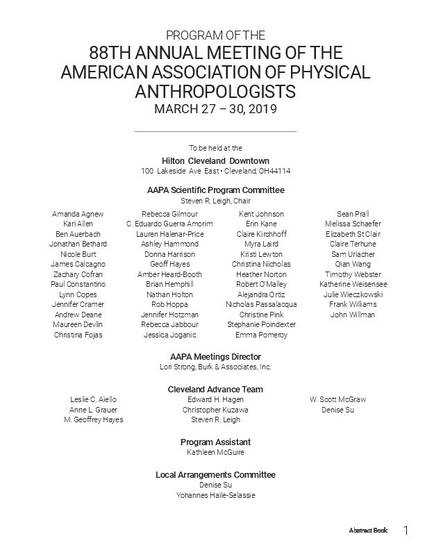
While studies of individual DNA markers have improved our understanding of behavior, ecology, and evolution, recent advances in sequencing make it possible to incorporate information from across the entire genome, giving unprecedented insight into the population history of non-model species. However, for many species, it is impossible to legally, ethically, or logistically to obtain high quality tissue samples required for genomic analyses. In this study, we evaluate the success of several sources of host DNA and capture methods in generating genome-scale data in wild chimpanzees (Pan troglodytes schweinfurthii) from Gombe National Park, Tanzania. We extracted and captured endogenous DNA in feces, dental calculus, dentin, and urine using both whole-genome capture and targeted exome capture. We found that urine harbors significantly more endogenous DNA (mean = 96.5%) than other sources (feces mean = 44.9%; calculus mean = 38.3%; ANOVA: F(3,22) = 146.7; p = 1.08 x 10-14). Further, we found that while whole-genome capture is possible, it is not cost effective in feces and calculus because of the high abundance of microbial DNA. Exome sequencing, on the other hand, led to 20-fold enrichment of coding targets compared to whole-genome capture in feces. However, compared to feces, exome capture from urine was far more successful and provided more complete coverage of the coding region of the chimpanzee genome (urine: 94.3% of coding sites were callable; feces: 14.9% of coding sites were callable). We discuss the utility of targeted capture and the promise of urine for wild primate genomics.
Available at: http://works.bepress.com/andrew-ozga/35/
